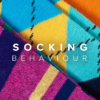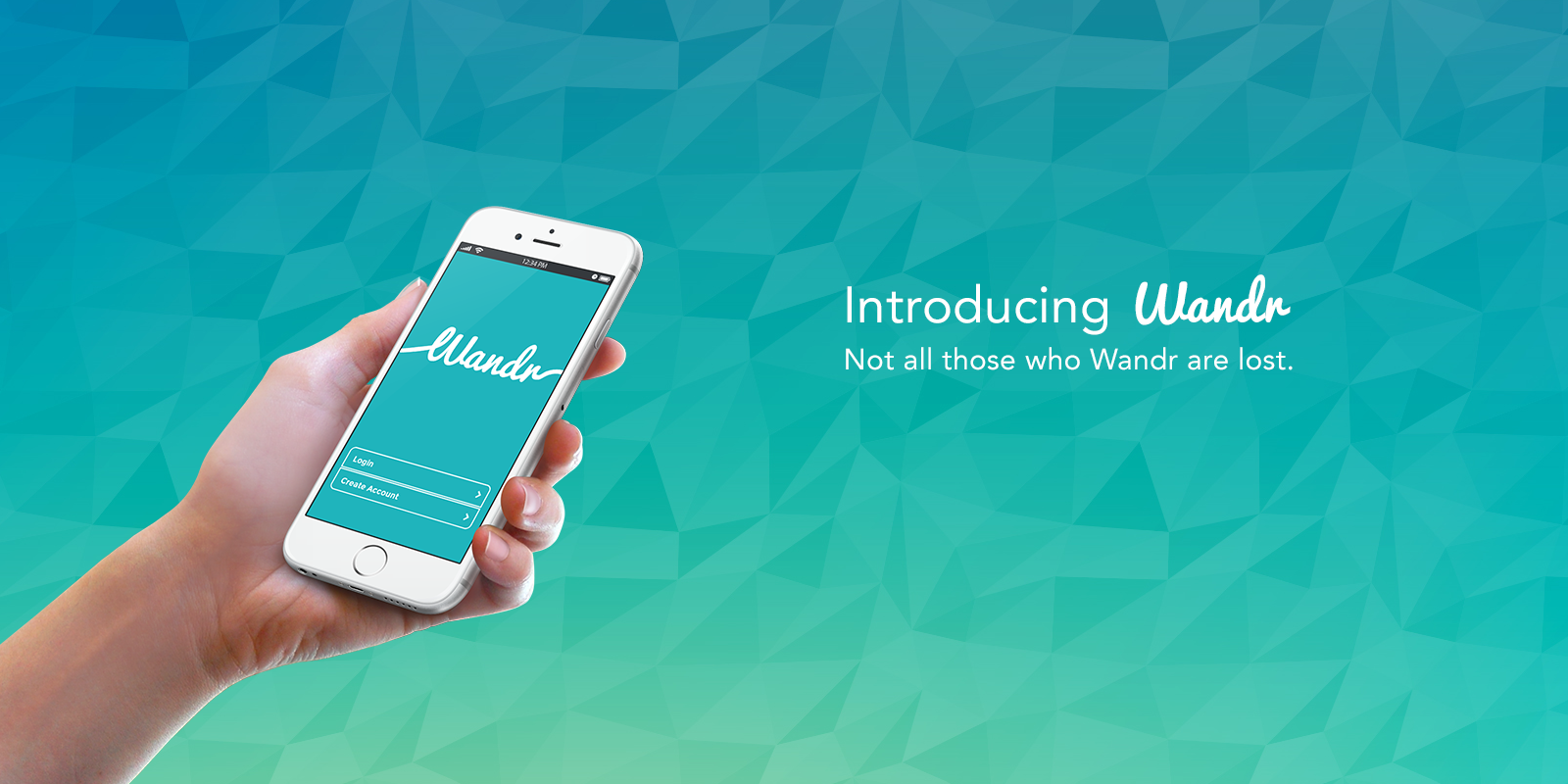Wandr Smartphone App & Smart Object
INTERACTIVE DESIGN | BRANDING & IDENTITY
Wandr shoe insoles and the accompanying smartphone application were designed and
adapted with Alzheimer’s/Dementia patients in mind: a simple, neutrally designed shoe
insole is outfitted with RFID tags which notify family/friends of location changes via
the smartphone app as soon as they occur, revolutionizing patient and family care.
The Design Process
The goal for this project was to create a smart object (the internet of things) in conjunction with a smartphone application with a networking theme.
Wandr is separated into two parts: it is a concept for both a smart object (shoe insoles) as well as a smartphone application. Patients and the elderly sometimes wander off and family members/healthcare professionals/nursing home attendants (depending on the situation) often don’t know where they’ve gone. Wandr shoe insoles are embedded with RFID tags and (optional) GPS tracking tags. The insole has a neutral design: thus it is not noticeable to the person wearing the shoe and they are unlikely to remove the tag. RFID tags and GPS trackers notify the user of location change as soon as it occurs, which can be seen on the smartphone application. The idea is that the elderly patient’s family members and healthcare professionals will have the ability to not only track the whereabouts of said elderly patient, but also to keep in contact with one another at a moment’s notice.
I started this project as a means to find a solution to a problem my family was facing. My grandfather, who lived with us at the time, had Alzheimer’s/Dementia which was getting worse day by day. It became difficult to have regular conversation with him and even harder to care for him. It got to the point where he didn’t believe that he lived with us and he always wanted to “go home”, even though he was home. Of course, we worried that he would leave the house and we wouldn’t know where he went or that something would happen to him. It caused a great deal of heartache and stress for my family.
I wanted to create a solution that was meaningful and mindful. And then it came to me: you can track your pets when they get lost — why not humans? I began researching RFID tags and GPS trackers. I found that many of these tags were small and easy to use. At first, I explored the idea of attaching these tags to a piece of jewellery, but I decided against it because jewellery can be easily removed. Instead, I decided it would be best if these tags were embedded in simple, neutrally designed shoe insoles. This was the best solution, because the consumer would be able to buy as many pairs of insoles as they have pairs of shoes — and the patient/family member wearing them wouldn’t even notice they were there.
Another problem I faced was, “what if they leave without wearing shoes?” — well, this was a difficult problem to solve. If the elderly patient left without shoes, if would render Wandr useless. However, if Wandr were to be expanded into other objects in addition to the shoe insoles, like the jewellery idea I had before, and the consumer purchased shoe soles in addition to RFID stickers, or whatever the case may be, you would be able to track the person no matter what.
Throughout the process of developing and designing Wandr I learned a lot about Alzheimer’s and Dementia. After speaking with many people about the concept, I discovered that Wandr could be applied to many different people and situations. It could be used for keeping track of your children when going to the mall or amusement parks, it could be used to keep track of the elderly and whether or not they were getting enough exercise in their nursing home, and it could also be applied to those with autism.
The Final Vision





